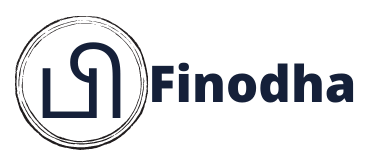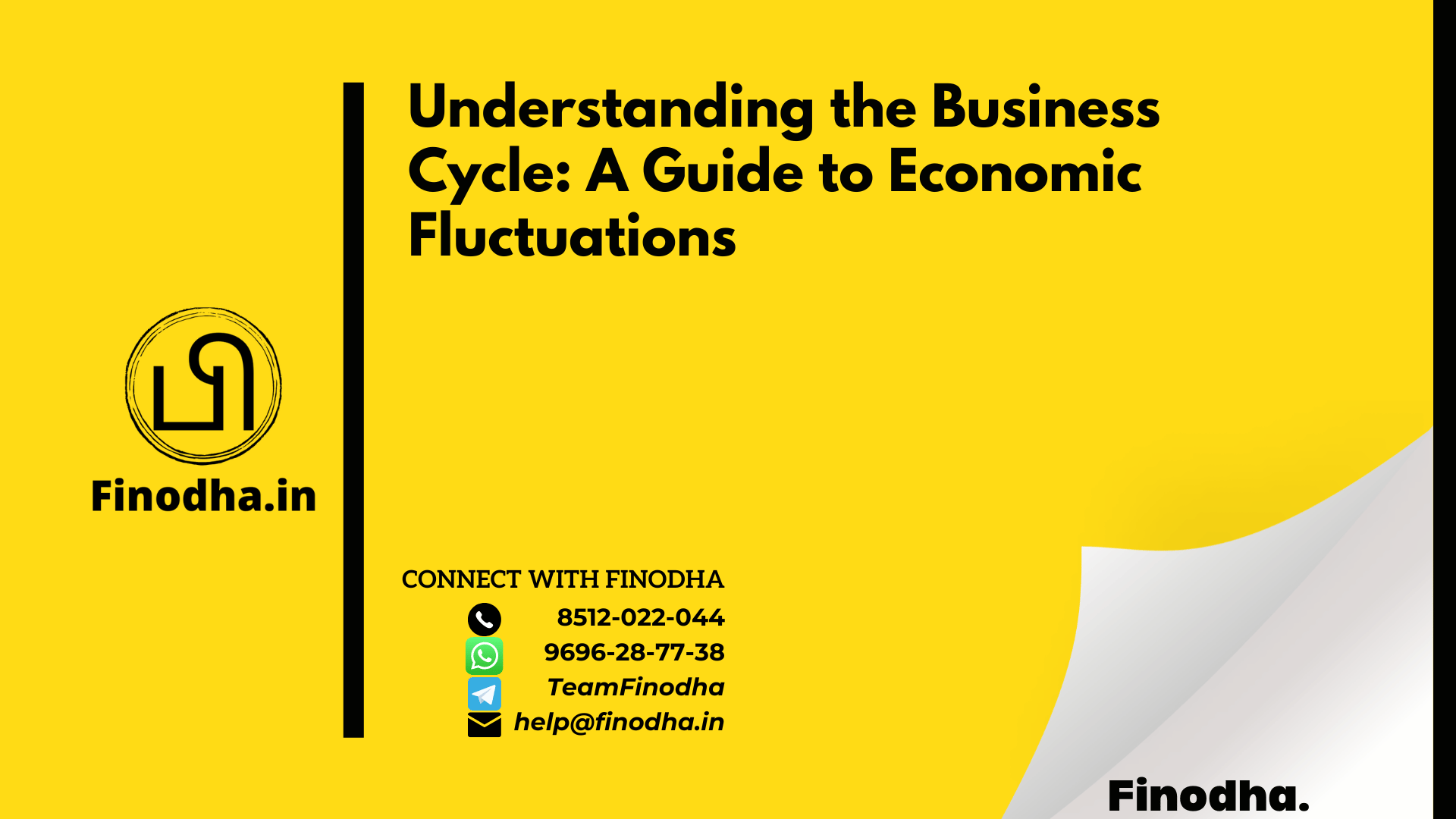Important Keywords: business cycle, economic cycle, trade cycle, expansion, peak, recession, depression, trough, recovery, Indian context, understanding, economic fluctuations, employment, production, income, inflation, credit availability, bankruptcies, consumer demand, economic growth, prices, industrial production, business confidence, consumer confidence, strategy, decision-making.
Table of Contents
Introduction:
The business cycle, also known as the economic cycle or trade cycle, refers to the natural rise and fall of economic activity within an economy. This cycle consists of several distinct stages that reflect fluctuations in various economic indicators over a prolonged period. In this article, we will explore the different stages of the business cycle and their impact on the economy. By providing a comprehensive understanding of the business cycle, we aim to make this complex topic accessible to the average Indian reader.
Subheadings & Short Paragraphs:
- Expansion:
During the expansion phase, the economy experiences significant growth in income, employment, production, and sales. This period is characterized by increased investment opportunities and easy money flow. People are more willing to take on debt, which they can repay on time. The expansion stage sets the foundation for a booming economy. - Peak:
The peak stage marks the pinnacle of economic growth, where all indicators reach their highest levels. Prices soar, indicating that the economy has reached its peak growth potential. At this point, individuals and businesses begin restructuring their operations in response to the leveling off of growth. They prepare for an eventual decline in economic activity. - Recession:
The recession stage represents a contraction in the economy. During this phase, there is a slowdown in production and limited growth in sales and income. In some cases, there may even be a decline or negative growth in sales, leading to increased unemployment. The overall economic activity experiences a slump, impacting both businesses and individuals. - Depression:
If the recession persists and deepens, it can lead to a depression. In this stage, economic growth continues to decline, resulting in higher unemployment rates. Industrial production decreases, businesses struggle to secure credit, and consumer confidence declines. The economy faces numerous challenges, such as bankruptcies and reduced business activity. - Trough:
The trough represents the end of the depression stage and marks the turning point towards recovery. After reaching the lowest point, the economy slowly begins to stabilize. - Recovery:
The recovery stage is characterized by an upturn in the economy. The depression phase leads to lower prices, stimulating an increase in consumer demand for goods. This surge in demand drives industrial production, leading to a revival in economic growth. As a result, employment rates rise, incomes increase, and credit availability improves.
Self-explanatory Bullets:
- Expansion: Period of economic growth, increased income, employment, production, and sales.
- Peak: Highest point of economic growth, followed by a slowdown.
- Recession: Economic contraction, slowdown in production, limited growth, and potential unemployment.
- Depression: Extended period of economic decline, reduced production, business and consumer confidence, and increased bankruptcies.
- Trough: Lowest point of the business cycle, signaling the end of the depression stage.
- Recovery: Economic upturn, lower prices, increased consumer demand, growth in industrial production, higher employment, and incomes.
FAQs:
Q1: How long does a typical business cycle last?
A1: A business cycle generally spans around 5 ½ years.
Q2: What is the relationship between expansion and recession?
A2: Expansion is measured from the trough (bottom) of the previous cycle to the peak of the current cycle, while a recession is measured from the peak of the current cycle to the trough of the next cycle.
Example:
Let’s consider the Indian economy as an example to illustrate the business cycle stages:
During the expansion phase, India experienced rapid economic growth, with increased income, employment opportunities, and rising production levels. This led to a surge in investments and improved financial conditions for both businesses and individuals.
As the economy reached its peak, inflationary pressures started to emerge, causing prices to rise. To adapt to this changing landscape, companies and individuals adjusted their strategies, anticipating a slowdown in economic growth.
The recession phase followed, characterized by a decline in production, lower sales, and limited income growth. Unemployment rates increased, and businesses faced challenges due to reduced consumer demand.
In some instances, the recession deepened into a depression. The Indian economy witnessed a prolonged period of economic decline, with a significant drop in industrial production, reduced business activities, and increased bankruptcies. Both businesses and consumers struggled due to a lack of credit availability and low confidence in the market.
However, eventually, the economy reached its trough, indicating the end of the depression stage. This marked the turning point, leading to a gradual recovery.
During the recovery phase, lower prices prompted increased consumer demand for goods, fueling industrial production. This, in turn, led to job creation, higher incomes, and improved credit availability, contributing to the overall economic revival.
Key Takeaways:
- The business cycle consists of several stages: expansion, peak, recession, depression, trough, and recovery.
- Expansion is characterized by economic growth, while the peak represents the highest point of growth before a slowdown.
- A recession involves a contraction in the economy, potentially leading to unemployment and reduced production.
- Depression is an extended period of economic decline, marked by low business and consumer confidence.
- The trough signifies the end of the depression stage and the beginning of recovery.
- Recovery involves an upturn in the economy, with increased demand, industrial production, employment, and incomes.
Conclusion:
Understanding the business cycle is crucial for comprehending the natural fluctuations in an economy. By recognizing the various stages and their characteristics, individuals and businesses can adapt their strategies accordingly. The business cycle impacts employment, income, production, and overall economic activity. It is essential to monitor these cycles to make informed decisions and navigate through different economic conditions.
Popular Tags:
Capital gains (21) CGST (277) Chapter VI-A (15) e-Compliance Portal (21) E-Verify (20) economic growth (21) F&O Trading (29) F.No.354/117/2017-TRU (23) F. No. CBIC-20001/4/2024-GST (15) Financial planning (15) financial stability (17) GST (1424) IGST (222) Income from House Property (17) Income Heads (16) Income Source (14) Income tax (111) Income Tax Account (15) Income Tax Filing (20) Indian context (22) Indian investors (16) ITR-3 (19) ITR Form (20) P&L Statement (24) PAN (13) Risk Management (20) Salary Income (19) Section 7(1) UTGST Act 2017 (14) Section 8(1) UTGST Act 2017 (26) section 9 (18) section 10 (28) section 15 (13) section 25 (17) section 39 (24) section 49 (16) section 50 (16) section 51 (13) Section 52 (16) Section 54 (13) section 73 (20) section 74 (21) SGST (223) Speculative Income (14) Trading Income (33) UTGST (78)




